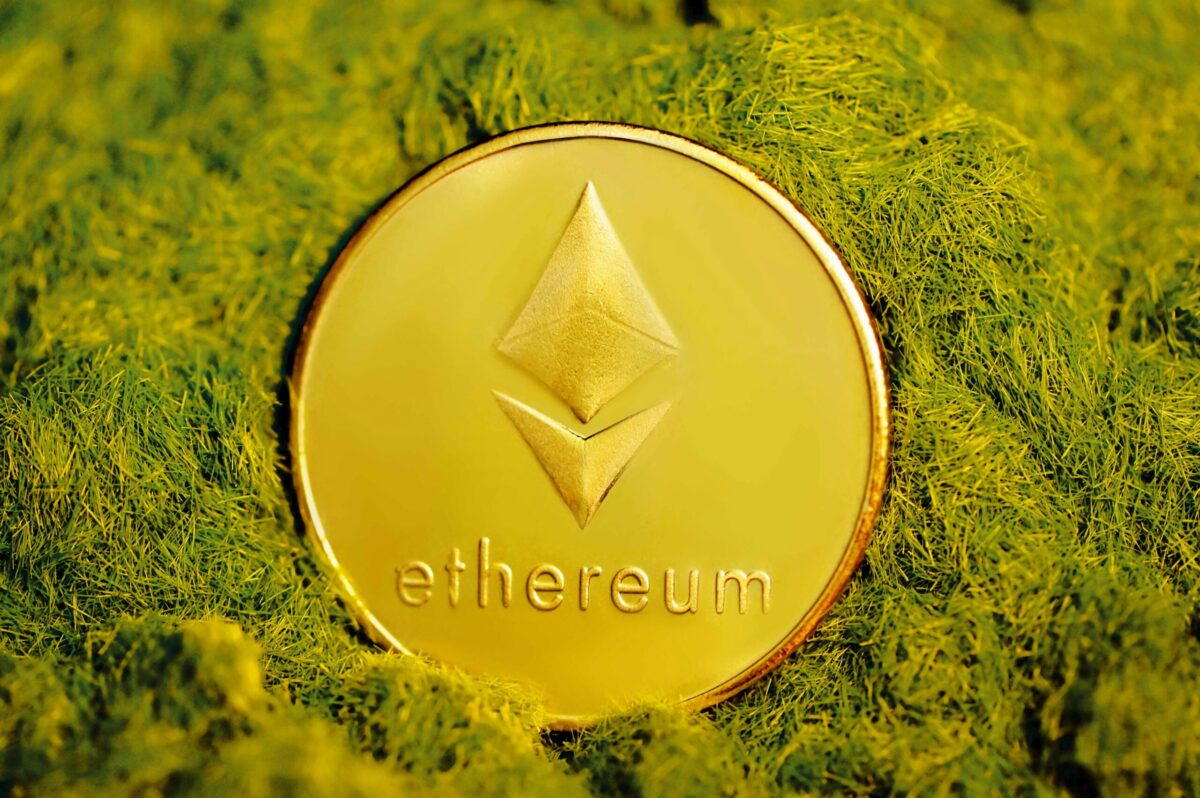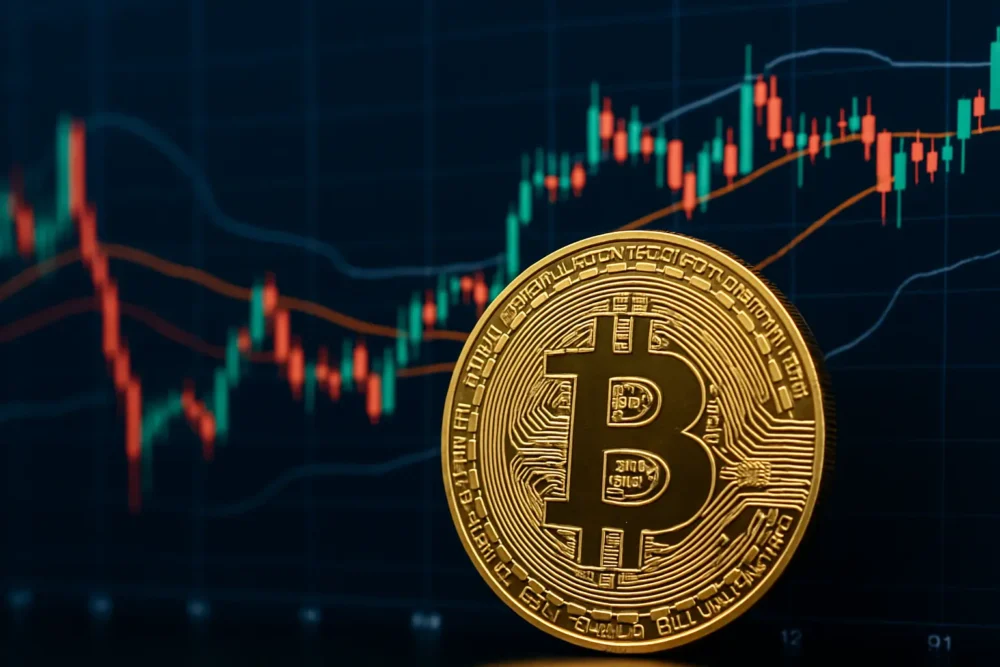The ongoing year, so far, has been a transformative period for Ethereum ($ETH) and layer-2 (L2) blockchains, marked by substantial growth in user activity and transaction volume.
With a remarkable increase in on-chain activity, these blockchain networks have been experiencing significant growth in user base and other key metrics.
A recent Q3 report by Coinbase Institutional and Glassnode highlighted a 127% surge in the average number of daily active addresses across Ethereum and major L2 blockchains in the first half of the year.
Layer-2 blockchains, built atop the Ethereum network, enhance transaction processing speeds while minimising network commissions and fees for Ethereum, also known as Layer-1.
These L2 solutions enable low-cost transactions to be validated on parallel blockchains before being transferred to the main Ethereum blockchain for immutable recording.
This setup ensures both efficiency and security, making it an attractive option for users and developers alike.
Leading L2 blockchains
Data from the Ethereum analytics platform Growthepie identified Linea, Base, and Arbitrum as the top three L2 blockchains, collectively boasting 1.8 million daily active addresses.
This rapid growth is indicative of a broader trend: L2s are becoming the “ultimate playing field for action”, according to Ethereum co-founder, Vitalik Buterin.
These platforms are attracting institutional profit-oriented groups and individuals purchasing assets such as non-fungible tokens (NFTs).
The report from Coinbase and Growthepie revealed that user growth on L2 blockchains has significantly outpaced that on Ethereum.
This trend is largely driven by the development of faster and more cost-effective L2 solutions.
The number of transactions on Ethereum and L2 blockchains increased by 59% in Q2 2024, with the majority of this growth occurring on L2s.
This surge in on-chain activity is fueled by a variety of use cases, including lending, staking, and trading.
A major development contributing to the increase in transactions is Ethereum’s Dencun upgrade, implemented in March 2024.
By significantly reducing transaction fees, it has led to a 58% drop in total transaction fees on Ethereum in Q2 2024 despite the rise in the number of transactions.
This reduction in fees makes Ethereum more accessible and appealing to users, further driving on-chain activity.
In contrast to Ethereum’s growth, Bitcoin ($BTC) has seen a decline in on-chain activity.
The report indicates that the average number of daily active Bitcoin addresses fell by 20% in Q2 2024, while the average number of daily active entities decreased by 16%.
This decline suggested a shift in user preference and activity from Bitcoin to more dynamic and versatile platforms like Ethereum and its L2s.
Ethereum’s market performance
Despite the uptick in activity, the price of $ETH saw a 6% drop in the second quarter. However, it still performed better than Bitcoin, thanks to optimism around spot Ether exchange-traded funds (ETFs) and the utility of the network.
Ethereum has experienced two cycles of bull and bear markets. Since hitting its cycle low in November 2022, it’s up over 240%.
This current cycle resembled the one from 2018-2022, where Ether shot up by 6,000% from its cycle low.
Even with a 29% drop in the first half of 2024, it’s not as severe as past cycles, suggesting there could be more room for growth.
Coinbase and Glassnode noted that crypto market cycles often have three phases: Bottom Discovery, Euphoria, and Bull/Bear Transition.
Bottom Discovery occurs at the end of a bear market when the share of supply in loss is high.
Euphoria is the bull market phase with a parabolic price rise. The transition period sits between these phases, where supply profitability balances out.
Recently, $ETH’s volatility increased by 8% in the second quarter after years of trending lower.
New spot Ether ETFs
In a related development, the cryptocurrency market saw a flurry of activity this week with the debut of eight newly approved spot Ethereum ETFs.
These ETFs launched to an enthusiastic response, even though they lack a feature closely associated with Ethereum’s native token: staking income.
The Grayscale Ethereum Trust (ETHE), which has transitioned from a non-ETF form to an ETF, experienced significant outflows amounting to about $811 million.
Despite this, the newly introduced products from prominent financial institutions, including BlackRock, garnered nearly $800 million in deposits within just the first two days.
Initially, several issuers had planned to incorporate staking for yield into their ETF offerings. However, they had to revise their plans following guidance from the US Securities and Exchange Commission (SEC).
The SEC advised against including staking, citing concerns that it could potentially violate federal securities laws by constituting unregistered securities offerings.
This regulatory stance was clear, as evidenced by the SEC’s previous arguments in other cases.
Nevertheless, the advancements in L2 technology and Ethereum’s upgrades have created a robust and efficient ecosystem, paving the way for broader adoption and new opportunities in the blockchain space.
As regulatory landscapes evolve, the future of staking in ETFs and the broader adoption of blockchain technology will be closely watched.
As the year progresses, it will be interesting to observe how these trends evolve and shape the future of decentralised finance and blockchain technology.


